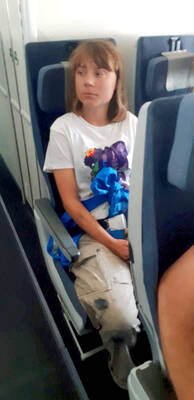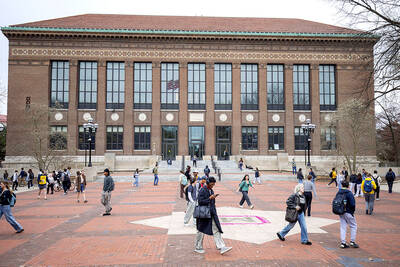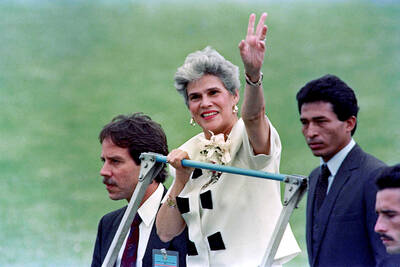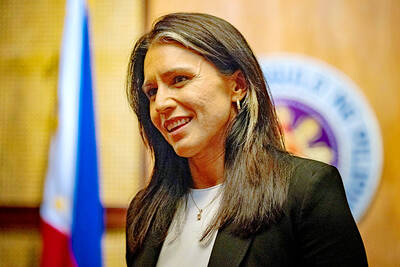Nobuyuki Hishigaki need utter only a few words before his dialect betrays his Osakan roots. Like many of his peers, Hishigaki, a boyish-looking 39, joined his current employer straight after university. Marriage and children followed.
But there is an extraordinary side to his life. Since childhood, he has had to deal with name-calling, harassment and discrimination from people to whom he is ethnically identical.
Being treated as a second-class citizen is a fact of life for Hishigaki and tens of thousands of other buraku, members of a Japanese underclass labelled "untouchables" since the 17th century.
Considered vastly inferior to warriors, artisans, farmers and merchants, the buraku of feudal Japan were called eta (filth) or hinin (non-human). They were hired to slaughter animals, dig graves and work leather, thereby becoming tainted by their association with the impurities of death.
Many were forced to live in designated villages and abide by a special dress code. Their confinement meant they were easy targets for abuse. And the survival of many of those neighborhoods means the abuse has yet to end.
One of the better-known buraku communities is the Kuboyoshi district of southern Osaka, where Hishigaki works as a secretary at the local branch of the Buraku Liberation League.
The neighborhood was one of more than 4,000 buraku districts nationwide, with a total population of 892,000, according to the last government survey, conducted in 1993. League officials say that the number is closer to three million when buraku who have left their communities are included.
The Meiji rulers outlawed discrimination against the buraku in 1871, but mistrust and hostility continue. Private detectives sell lists of buraku to companies wishing to inquire into the backgrounds of job applicants. Hate mail is common, as are job applications summarily dismissed by employers.
The result is frustration, anger and countless blighted relationships. More than half of all marriages involving a buraku man or woman face opposition from the non-buraku partner's parents.
At university in Osaka, Hishigaki encountered graffiti warning other students of a buraku in their midst. A girlfriend who knew his ancestry suddenly split up with him. He was never given a reason, but knows that her parents were not pleased with her choice of boyfriend.
But the postwar period has also brought improvements to the lives of the buraku. Under a government plan launched in the late 1960s, slums were cleared and improvements made to education and welfare services. Buraku began to find work outside of their communities, and their children started to attend ordinary state schools. Marrying "outsiders" has gained wider acceptance.
Crucially, public figures, including the influential Liberal Democratic party politician Hiromu Nonaka, have acknowledged their buraku roots.
With anti-discrimination laws in place, Hishigaki believes the key to ridding Japan of lingering prejudice lies in a dialogue between buraku and their neighbors. "We have to work towards a day when a child can say he's buraku, and his friends will answer, 'So what?"' he says.
Faced with centuries of ignorance, that day may be some way off. In the meantime, Hishigaki says he will soon have some honest talking of his own to do with his two young children.

Swedish campaigner Greta Thunberg was deported from Israel yesterday, the Israeli Ministry of Foreign Affairs said, the day after the Israeli navy prevented her and a group of fellow pro-Palestinian activists from sailing to Gaza. Thunberg, 22, was put on a flight to France, the ministry said, adding that she would travel on to Sweden from there. Three other people who had been aboard the charity vessel also agreed to immediate repatriation. Eight other crew members are contesting their deportation order, Israeli rights group Adalah, which advised them, said in a statement. They are being held at a detention center ahead of a

A Chinese scientist was arrested while arriving in the US at Detroit airport, the second case in days involving the alleged smuggling of biological material, authorities said on Monday. The scientist is accused of shipping biological material months ago to staff at a laboratory at the University of Michigan. The FBI, in a court filing, described it as material related to certain worms and requires a government permit. “The guidelines for importing biological materials into the US for research purposes are stringent, but clear, and actions like this undermine the legitimate work of other visiting scholars,” said John Nowak, who leads field

Former Nicaraguan president Violeta Chamorro, who brought peace to Nicaragua after years of war and was the first woman elected president in the Americas, died on Saturday at the age of 95, her family said. Chamorro, who ruled the poor Central American country from 1990 to 1997, “died in peace, surrounded by the affection and love of her children,” said a statement issued by her four children. As president, Chamorro ended a civil war that had raged for much of the 1980s as US-backed rebels known as the “Contras” fought the leftist Sandinista government. That conflict made Nicaragua one of

NUCLEAR WARNING: Elites are carelessly fomenting fear and tensions between nuclear powers, perhaps because they have access to shelters, Tulsi Gabbard said After a trip to Hiroshima, US Director of National Intelligence Tulsi Gabbard on Tuesday warned that “warmongers” were pushing the world to the brink of nuclear war. Gabbard did not specify her concerns. Gabbard posted on social media a video of grisly footage from the world’s first nuclear attack and of her staring reflectively at the Hiroshima Peace Memorial. On Aug. 6, 1945, the US obliterated Hiroshima, killing 140,000 people in the explosion and by the end of the year from the uranium bomb’s effects. Three days later, a US plane dropped a plutonium bomb on Nagasaki, leaving abut 74,000 people dead by the